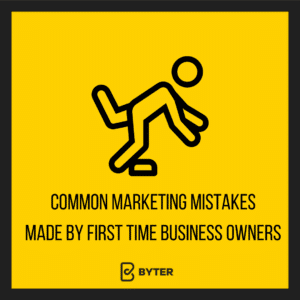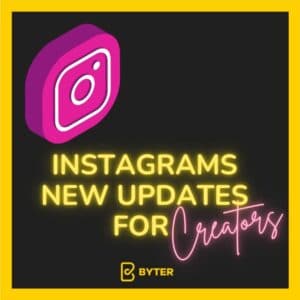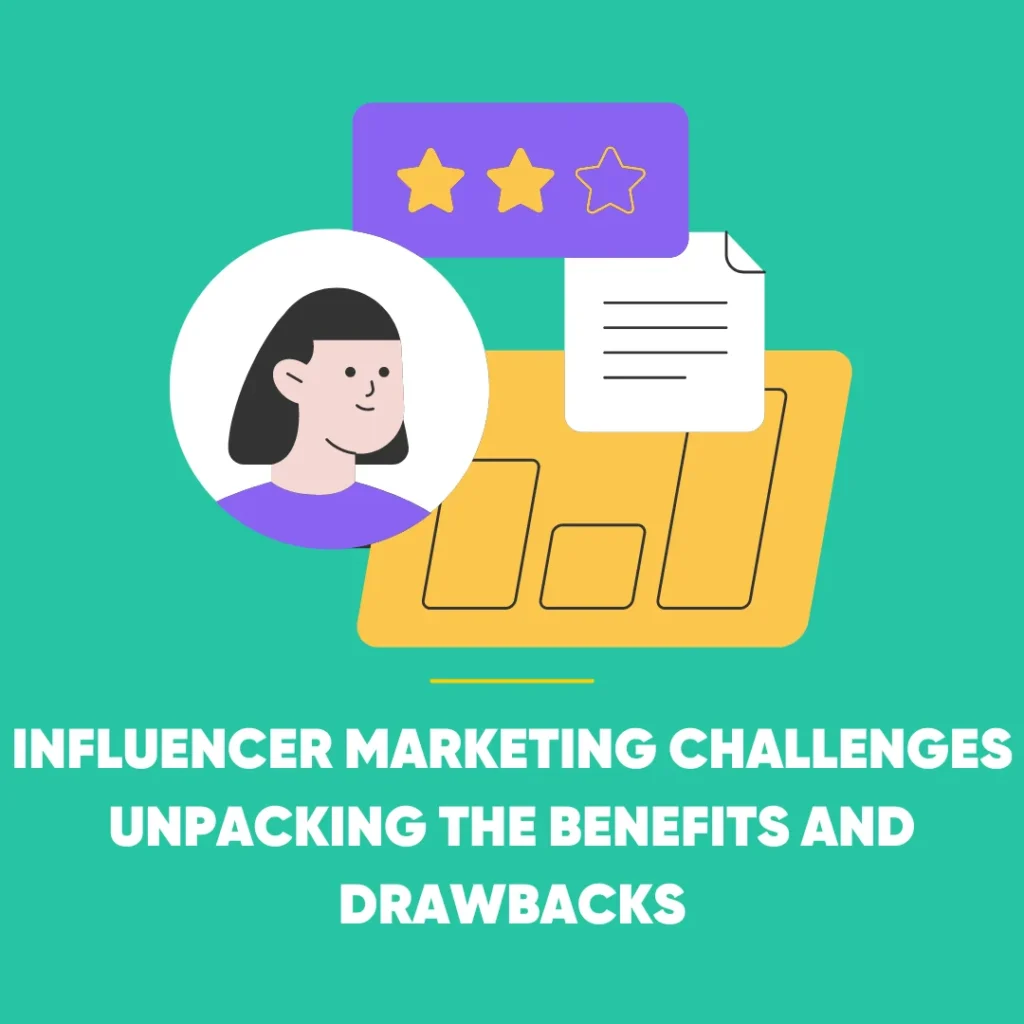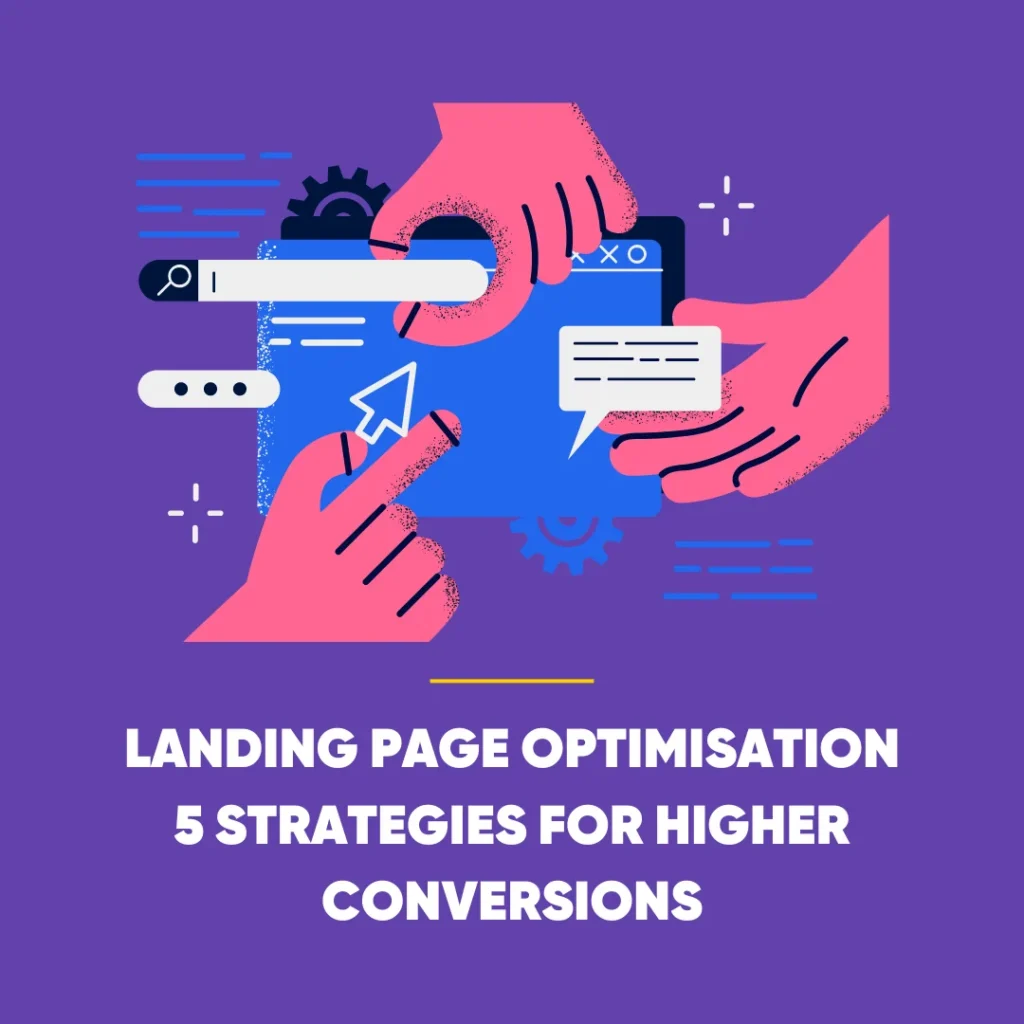When you put up your website you think people will just sort of pop up and see your website? Most people are not aware of the different types of traffic you can get to your website. People come to your website from a variety of different places. They can come from your social media links, they can come from paid adverts, they can come from organic search. Each of these places is different and means different things for your website and by extension your business.
So below I have decided to list out the various types of traffic that you can get to your website
What is Organic Search?
Organic search refers to someone conducting a search through a search engine and clicking on a non-paid result. Organic refers to the fact that the interaction is occurring naturally, without outside interference. Organic search is a search marketing channel that can be used as part of inbound marketing to increase website traffic.
What is Organic Traffic
Not to be confused with organic search, organic traffic is unpaid traffic that comes from search engines such as Google or Bing. This refers to all of the organic searches that occur to you. Paid search marketing does not increase your organic traffic numbers, but you can optimize your website using inbound marketing software to gain more visitors.
What is direct traffic?
Direct traffic consists of website visitors that come to your website by typing the URL into their browser, rather than coming from another website, a search engine, or social media.
Referral Traffic.
This is the traffic you get from word of mouth. People entering a website by clicking on a link from another site, for example, a blog or a forum. This is very valuable, you can do this through an active presence on other platforms.
Email Marketing.
Mail chimp, HubSpot newsletters etc. This type of traffic you get from the links you send out via email marketing. The standard way of doing this is via newsletters.
Social Networks.
Pretty self-explanatory, this is traffic that comes from social media. Thus can be either links that you shared, links shared by other people, or links from places like linktree in your bio. Most social media platforms have a business version of their account, and this provides you with a pace to put your website link. On places like Twitter people will often pin a tweet to the top of their feed with important links in. I am not sure if the traffic you get from links other people shared about you on social media counts as referral traffic or social network traffic… Maybe both? The terminology can be a bit vague
Paid Media.
This type of traffic is visitors who arrive after clicking on a pay-per-click ad on a social network, for example, Facebook Ads or TikTok Ads. These types of adverts are quite useful, the social media platforms that run them often give you quite a bit of useful information about target demographics and click-through rates. This can help you refine your website and future targeted adverts. For more information check out https://byter.com/2020/05/01/paid-vs-organic-digital-marketing/
Paid Search.
Not to be confused with paid media, this is traffic coming from Google Ads or other PPC platforms. Although similar to social media paid adverts these refer specifically to search engine adverts. Although, again, the line is a little blurry. Search engine adverts are a very good way of getting short-term traffic and excellent to do as well as organic positioning or SEO strategies.
Above are the main different types of user traffic that your website can get. There are probably others but they will usually end up falling into the above categories. Each traffic stream behaves slightly differently, but in the end, they all result in customers coming to your website.
An interesting development for websites is that big social media platforms have been trying to prevent users from leaving the platform and going to other people’s websites. They do this with a variety of tricks, for example by limiting the links users can have on their profile, eg Instagram. Facebook has created its own marketplace so that you can shop from companies without leaving the platform.









